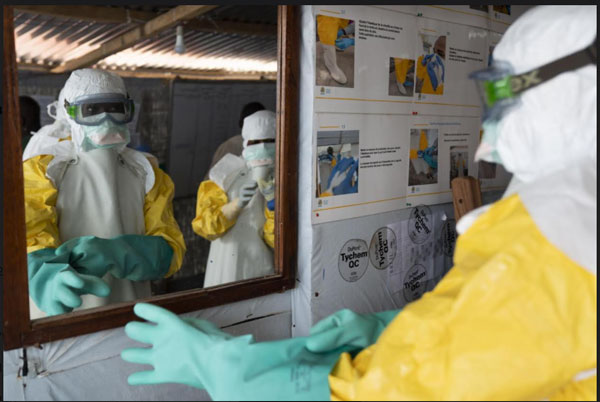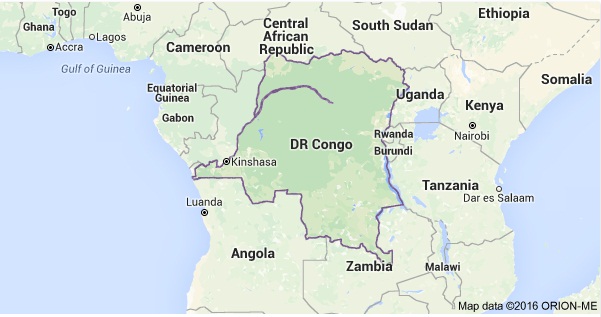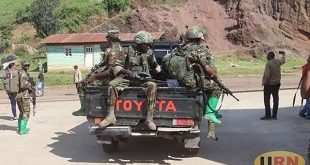
KINSHASA | Xinhua | The Democratic Republic of the Congo (DRC) is on “maximum alert” over the emergence of an unknown disease that has killed more than 70 people, said DRC Public Health Minister Roger Kamba on Thursday.
The test results to confirm the characteristics of this disease are expected this Friday or Saturday, according to the Africa Centers for Disease Control and Prevention (Africa CDC).
MAXIMUM ALERT
This disease “of still unknown origin” reported in the Panzi area of the southwestern province of Kwango has affected 382 people since October, said Kamba at a press briefing.
The affected people presented symptoms that “are similar to the flu,” said the minister, noting some 40 percent of the cases concern children.
Kamba said 61 percent of children in Kwango have already suffered from malnutrition, which could aggravate the effects of this disease.
So far, 71 deaths have been reported, 27 of them at health facilities and 44 others in local communities, he said, adding that around 300 people have recovered.
“We are on maximum alert. We consider that this is a level of epidemic that we must monitor to the maximum,” Kamba noted.
“We do not know if we are dealing with a viral disease or a bacterial disease,” explained Dieudonne Mwamba, director general of the National Institute of Public Health of the DRC during an online press briefing by the Africa CDC on Thursday.

PENDING RESULTS
“We do not even know the mode of transmission,” Jean Kaseya, director of the Africa CDC said during the online press briefing, noting that the results to confirm the characteristics of this disease are expected this Friday or Saturday.
Specialized intervention teams have been sent to the field to identify the nature of this disease, Kamba said. “We are still waiting for the first results” to determine the cause and treatments, he added.
“We are more or less in the assertion that it is respiratory,” said the DRC minister.
The emergence of this disease coincides with the seasonal flu which lasts from October to March and peaks in December, he added.
Speaking of the hypothesis of COVID-19, Kamba said the mortality rate reported in Kwango, around 7.8 percent, does not correspond to the profile of COVID-19, “but we remain cautious in our analyses.”
“These are hypotheses pending the results of the sampling,” Kamba said, adding that efforts have been hindered by the poor medical and logistical conditions on the ground. ■
 The Independent Uganda: You get the Truth we Pay the Price
The Independent Uganda: You get the Truth we Pay the Price



